A mathematician and a STEM education researcher use 3-D printing to teach Calculus 3 and see how it may change students' attitudes towards math.
The majority of students in Calculus 3—multivariable calculus with technology—are not math majors. They are mechanical engineers, civil engineers, biologists, computer scientists. And those are people we want to make sure do their calculations correctly. The two-dimensional and three-dimensional calculus they learn in calc 3 helps them assess everything from water flowing through a dam, to heat transfer in materials, to the mechanical stress on a gear.
That's useful information, but everyone agrees: the hardest part of multivariable calc is learning to grasp the shapes on the textbook page in real dimensions.
That's why Cécile Piret, an assistant professor of mathematical sciences, and Joshua Ellis, an assistant professor of science, technology, engineering and math (STEM) education, decided to have students 3-D print their homework.
"The goal is visualization," says Piret. "We need to make the math tangible and show how the real-world pieces work."
"It's easier to see all the sides—and it's better than copying someone else's drawing from the board."
Handheld Math Homework
The idea itself is not new. Ellis and Piret say that progressive math educators have been calling for using 3-D printing in calculus classes for at least five years. The problem is that few people have documented its effectiveness.
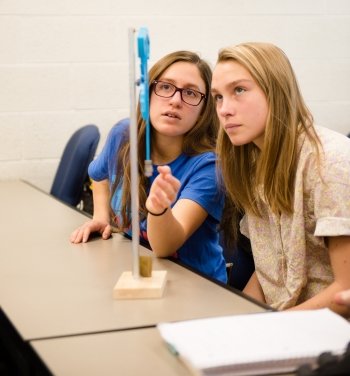
Ellis is working with Piret and her classes to assess how well 3-D printed homework assignments help teach key concepts. The students built a clock tower with a Graham escapement and filled out surveys before and after the 3-D printing assignment to gauge if their outlook on math changed. The researchers plan to publish their results within the next year and, so far, they're optimistic about using 3-D printing in math classes.
"In other venues, we know hands-on experiences enhance student learning," Ellis says. "In this case, you can show me a student who passes a test or you can show me a student who builds a working clock."
3-D in Real Time
Thumb tacks. Cardboard. Metal Racking. Paperclips. A small brass weight. A bit of PLA filament. These are some of the building blocks for the pendulum clocks that students built in Piret's calc 3 class.
The clocks themselves demonstrate isochronism, the equal subdivision of time. The clock uses a 3-D printed escapement wheel tethered to a small weight that swings back and forth as a pendulum. The goal is to make the pendulum keep perfect time, tick-tocking back and forth as the weight slowly sinks to the tabletop. The students measured the length of the pendulum rod and calculated the angle of its swing to keep time properly. Friction, height, weight and the rod's center of gravity all matter.
Learning Objectives
"Basically, integrals got a whole lot harder."
Chase Scheel, a mechanical engineering student in the class, explains that the early days of single derivatives and integrals are gone. Integrals—the core of any calculus class that describe an area or volume—get more complicated with more dimensions. They become double and triple integrals.
"With 3-D printing, the problem becomes a tangible object, so it's easier to understand," Scheel says, adding that he feels lucky his high school calc teacher used 3-D printed objects in class.
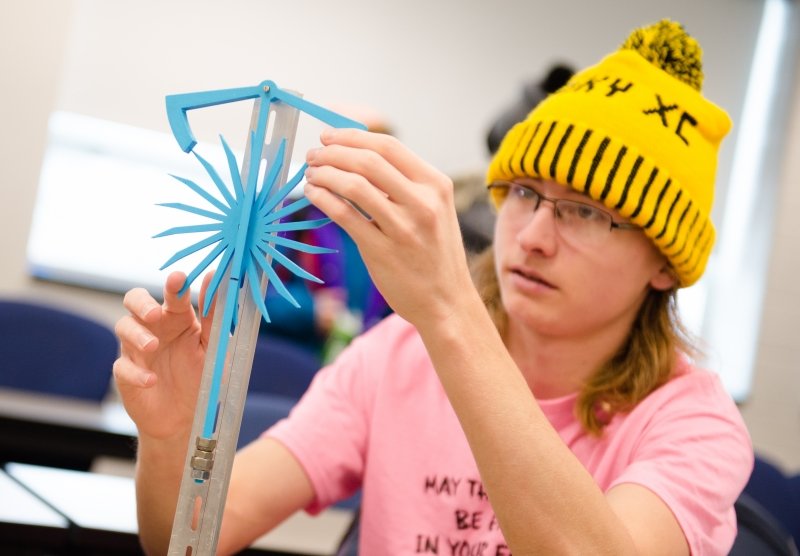
"What is incredible about 3-D printers is that one can now easily print, for instance, inventions by Archimedes or by Leonardo da Vinci," Piret says, adding that learning math by building a handheld model is appealing to engineering students. "Moreover, it is the case that, historically, breakthroughs in mathematics often emerged from a need to understand and solve concrete engineering problems."
For instance, in the 17th and 18th centuries, when navigation was central to trade and to territorial expansion, knowing one's position at sea was critical, but also difficult. A solution to the "longitude problem" was to build a device that could accurately keep track of time on a boat, despite potentially harsh weather. Christiaan Huygens spent years studying this problem, clocks and isochronism: in the mid 17th century, Huygens invented the pendulum clock, and although it didn't solve the longitude problem, it would be the most accurate timekeeping device until quartz clocks in the 20th century. His extensive work influenced the founders of calculus, Isaac Newton and Gottfried Wilhelm Leibniz.
Piret's students won't need to navigate the Cape of Good Hope but their homework does take their class into uncharted territory. Their 3-D printed pendulum clocks are both a throwback to old-school calculus and a new way to think about math education.
Michigan Technological University is a public research university founded in 1885 in Houghton, Michigan, and is home to more than 7,000 students from 55 countries around the world. Consistently ranked among the best universities in the country for return on investment, Michigan’s flagship technological university offers more than 120 undergraduate and graduate degree programs in science and technology, engineering, computing, forestry, business and economics, health professions, humanities, mathematics, social sciences, and the arts. The rural campus is situated just miles from Lake Superior in Michigan's Upper Peninsula, offering year-round opportunities for outdoor adventure.

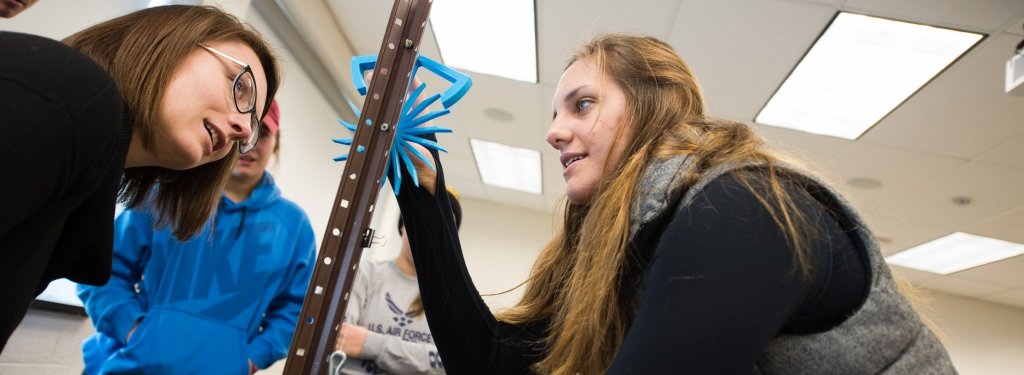

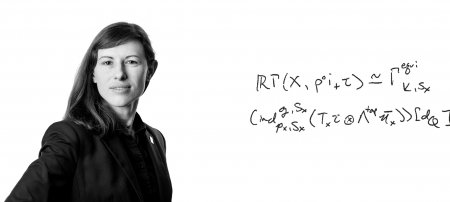


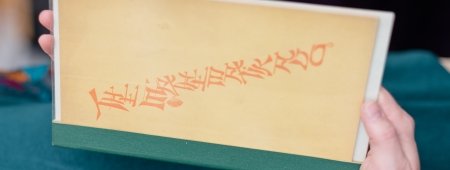
Comments